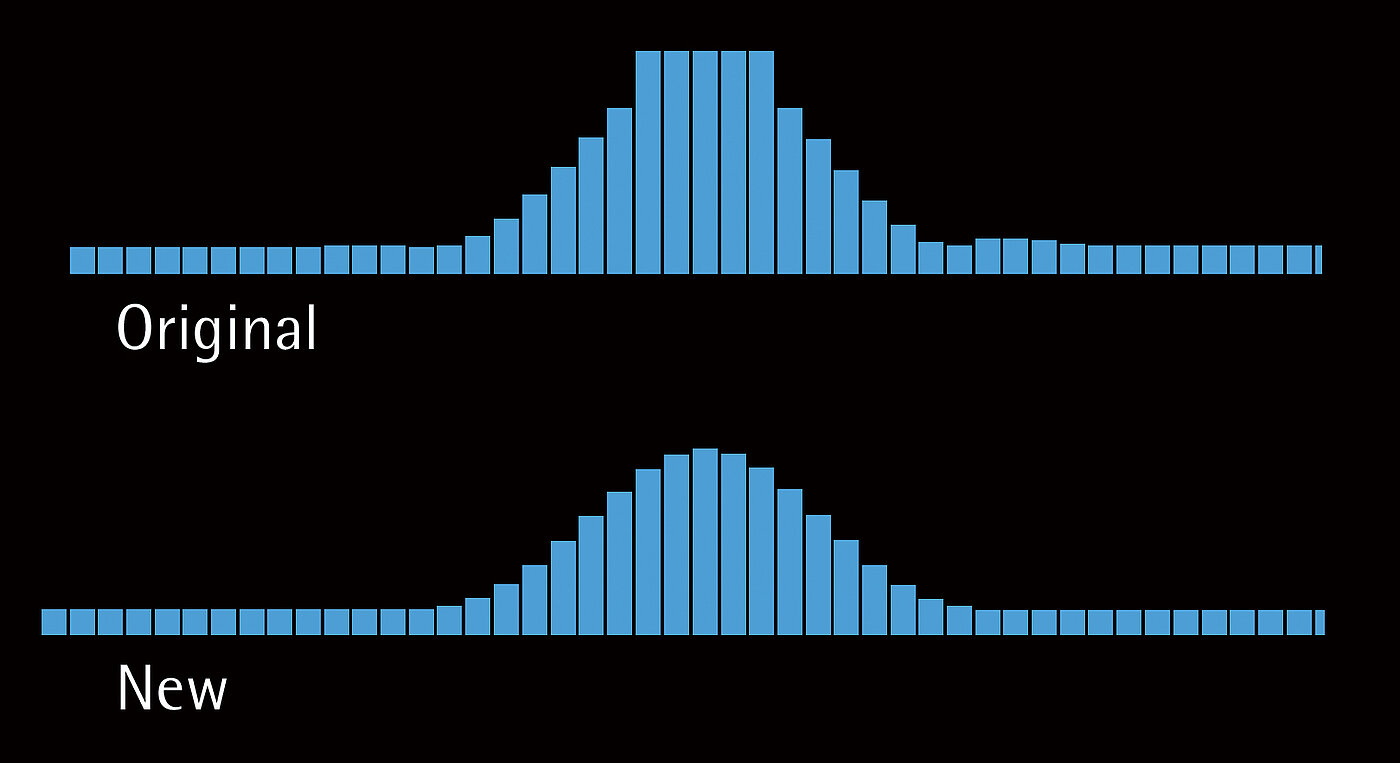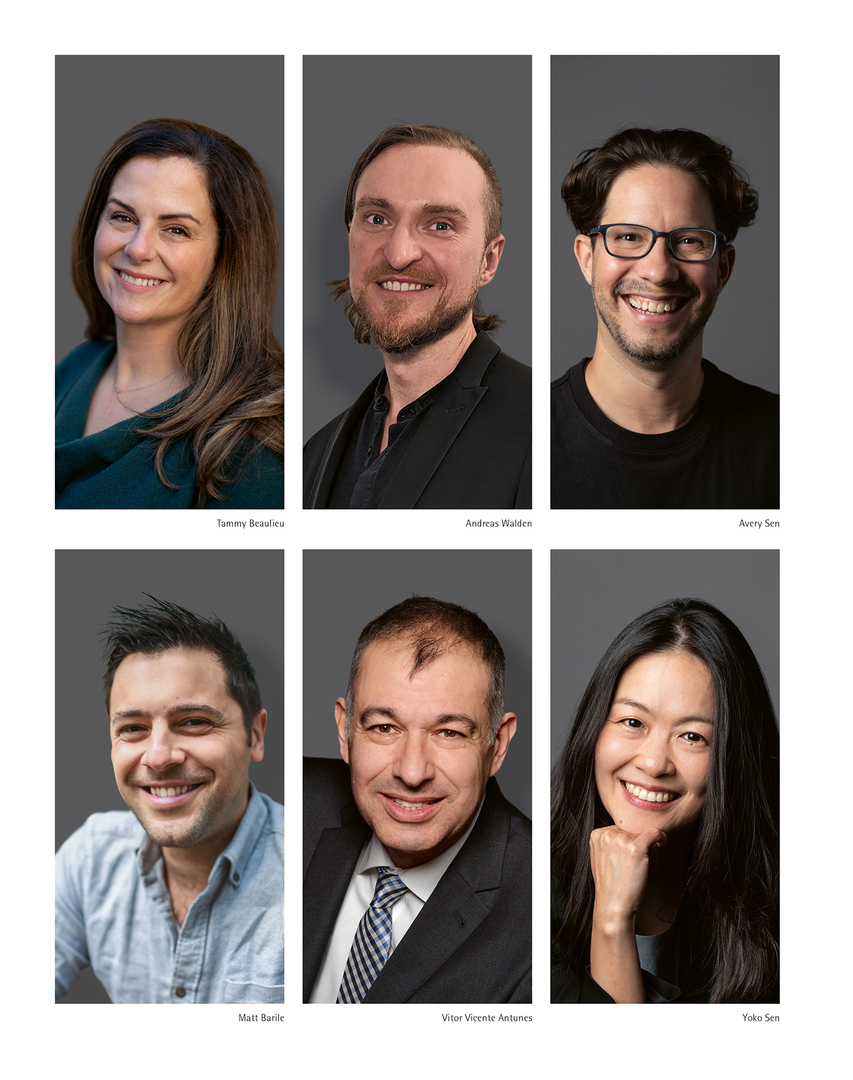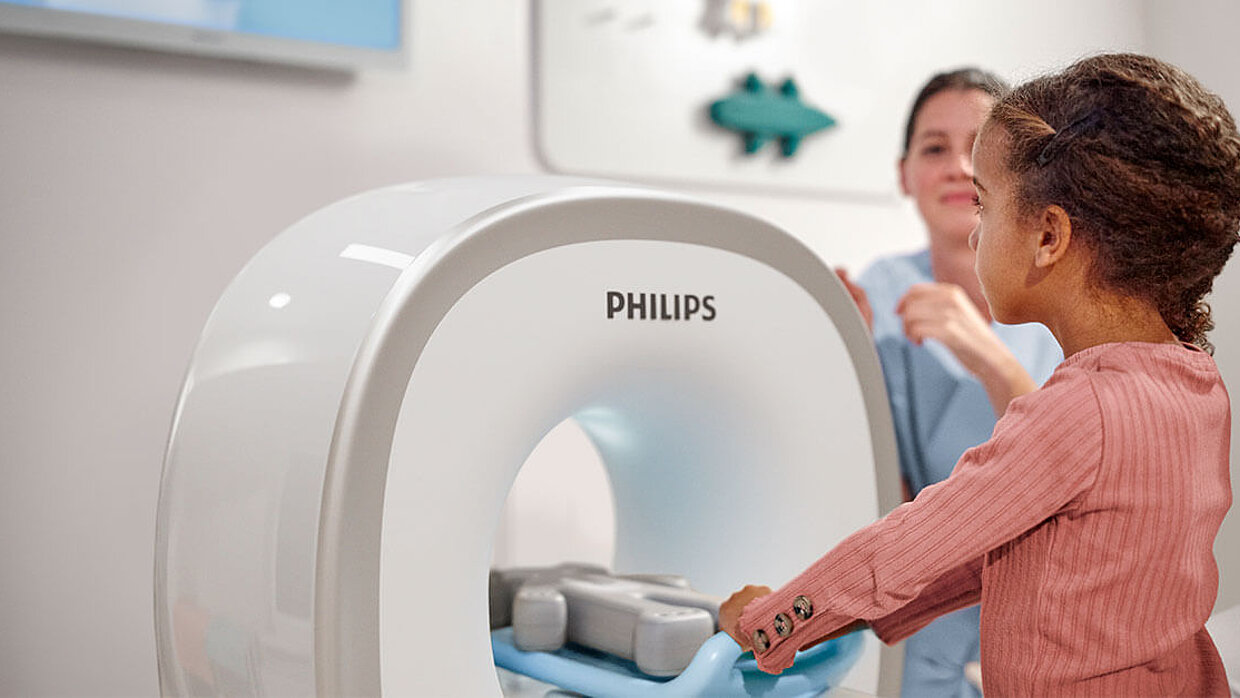![[Translate to English:] [Translate to English:]](/fileadmin/_processed_/3/f/csm_04-DP00699-2023BC_PHILIPS_abee94602d.jpg)
More than 600 creatives in 10 studios worldwide work in the Philips Experience Design team to merge both the product language and the visual communications of the company into a holistic brand experience. This also includes innovative product developments in the healthcare sector. One factor in medical devices that should not be underestimated is their acoustics – and our Philips sound meets these high demands.
Interview with Philips
Red Dot: The principle of “form follows function” is particularly important in medical sound design, isn’t it?
Philips: AW: Medical devices must be safe and effective to use. However, alarms do not necessarily have to be annoying. Our hypothesis was that they could be both functional and sensitive.
AS: Therefore, at the beginning of the development process, we asked hospital staff and others what they feel is important about alarm tones. From their answers, we derived a set of criteria for functionality (audibility, distinctiveness) and for sensitivity (“not distressing for the patient”, “not more aggravating than necessary”). In addition, the alarm tones needed to be designed for compatibility with the audio hardware and software of the existing patient monitoring systems, and for quick and easy learning by clinicians who have little time for training.
When developing the sound, did you have the patient more in mind or rather the hospital staff?
AW: Both. Noise in hospitals affects the quality of life and health of patients, their families and healthcare workers. Patient monitors cause up to 82 per cent of equipment noise in intensive care units, affecting patient recovery and care. The new patient monitoring tones reduce alarm noise by up to 66 per cent.
YS: There are studies showing that noise affects patients’ level of stress, anxiety and rest. Other studies document the negative effects on clinicians’ health, including stress, burn-out, hypertension and even hearing loss. Alarm fatigue, which is characterised by emotional overload and desensitisation due to excessive alarms, poses a significant risk to patient safety. The sound should therefore be highly functional, but also ergonomic.
Were the “competing products” in an operating theatre also considered in the design phase?
AW: Yes, and we had to start somewhere. Focusing on patient monitoring in the ecosystem of medical devices around the sickest of patients was fundamental and is the first step in our journey to transform the “sound” of care.
YS: While this particular project centred on the sound of patient monitoring, we conducted contextual research to understand the sounds of other commonly used devices, such as infusion pumps, ventilators, bed alarms and nurse calls. To do this, we observed more than 50 hospital departments, including the operating theatre, intensive care unit, emergency department, telemetry monitoring and admission ward.


![[Translate to English:] [Translate to English:]](/fileadmin/_processed_/e/6/csm_04-00699-2023BC.0939559_CO_bf867bd2ce.jpg)
